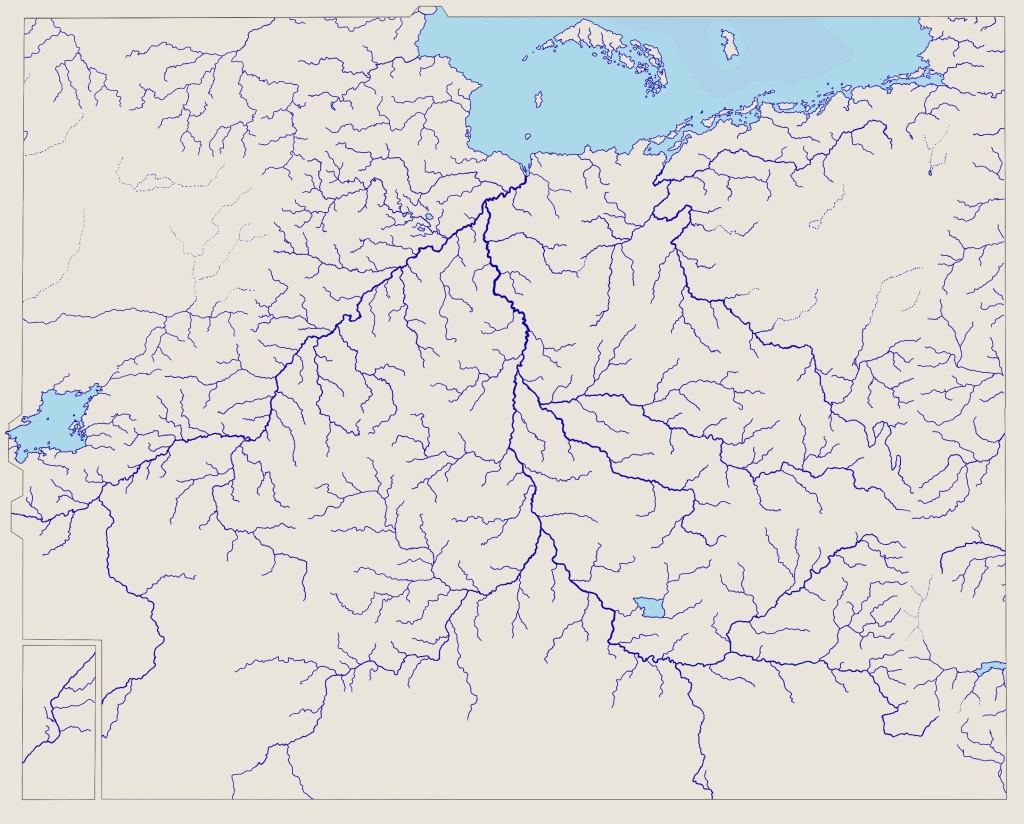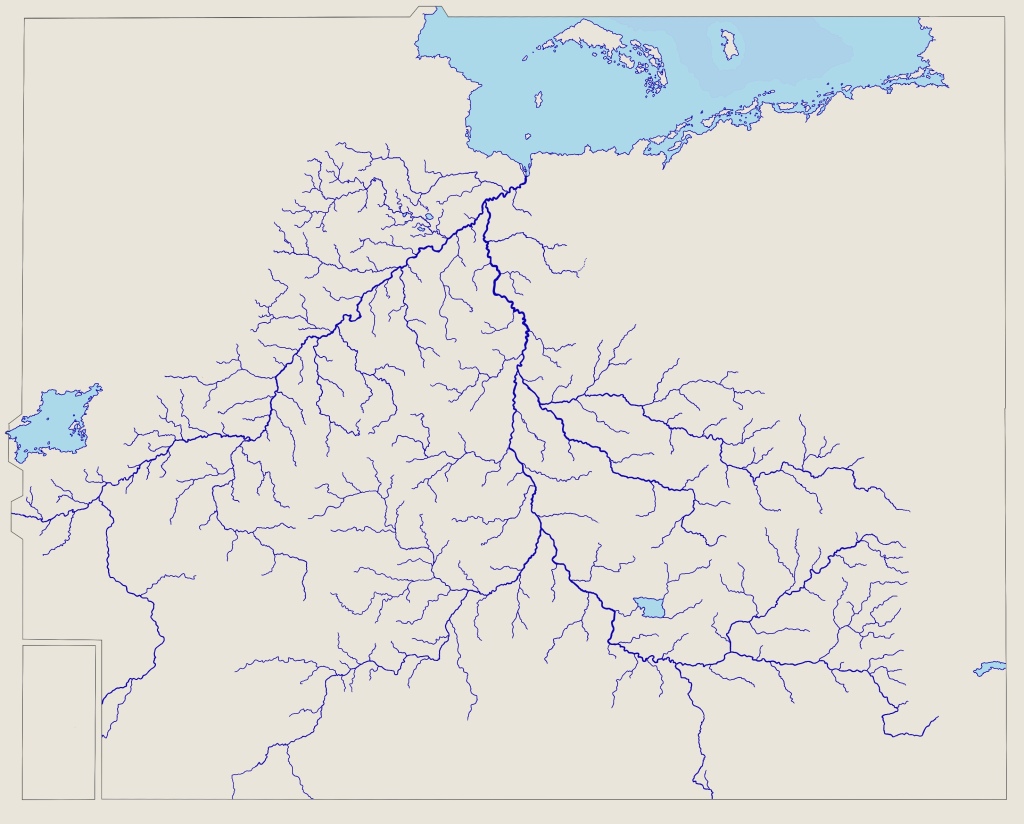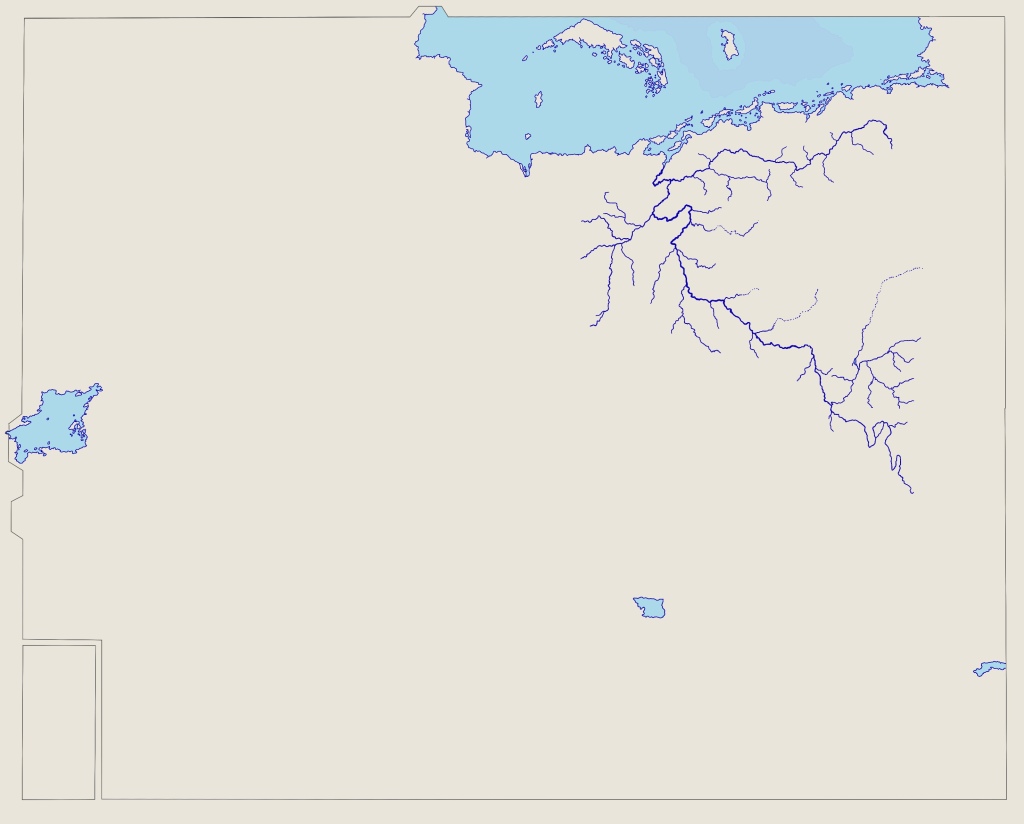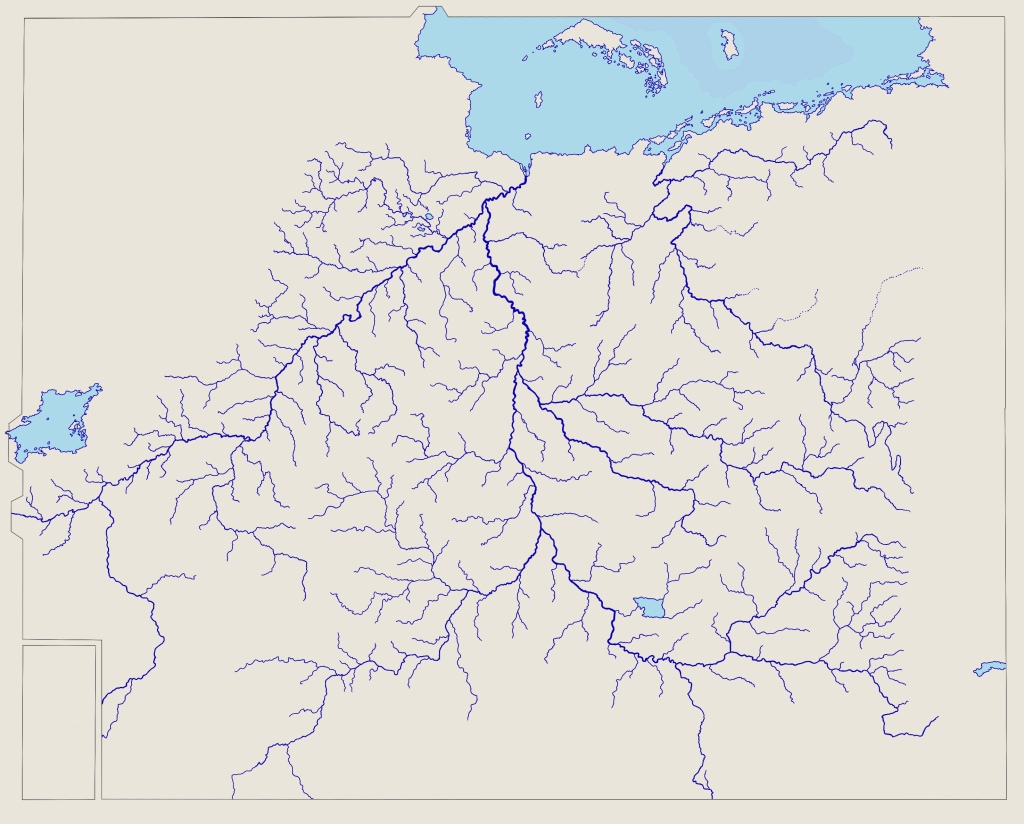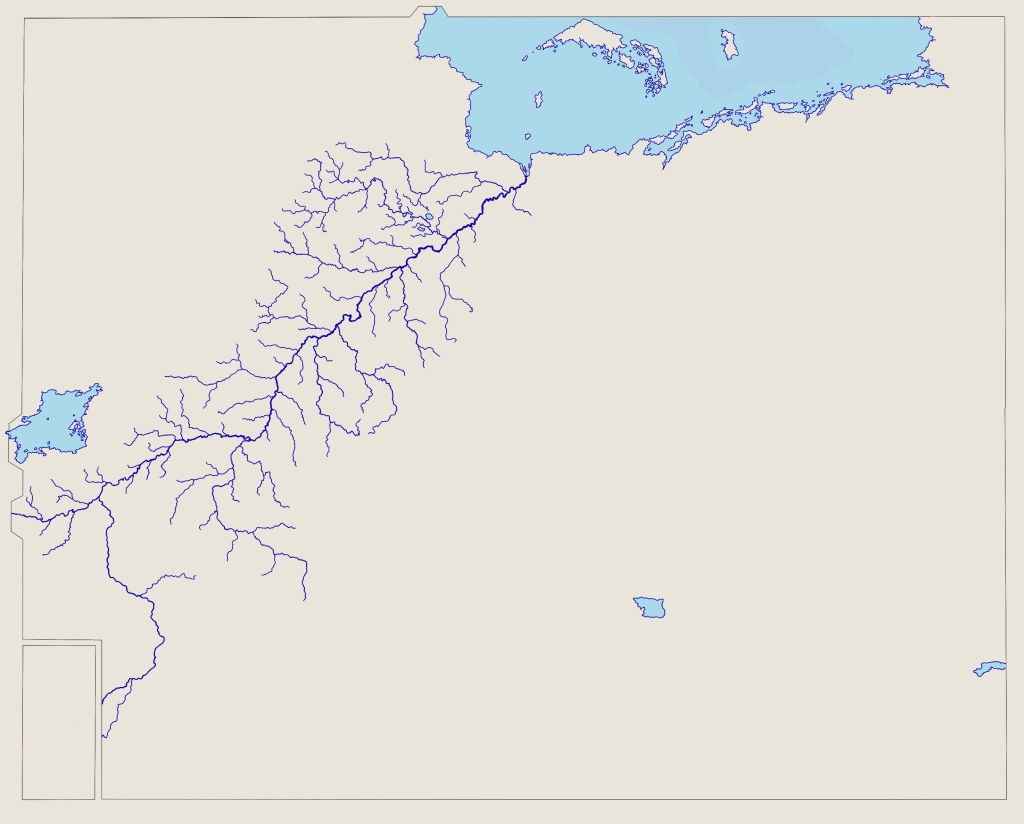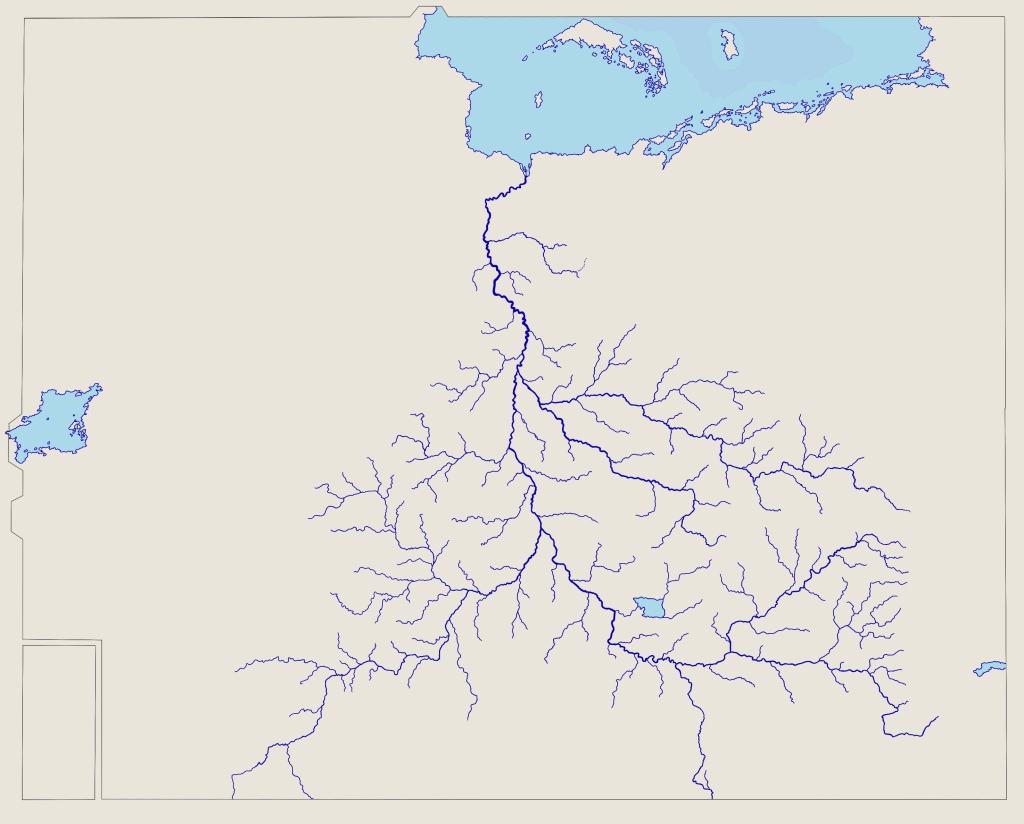I think I want to leave all this (for now) with the following general point.
If you are in the business of trading over rivers, and you have the means, you go to the best possible market for your goods. That's a product of market availability and your ability to get there (including what you might miss out on by going). For some, that might just be the other side of the river. For a number of early medieval trading groups from the east of Sweden, that meant Constantinople ‒ a much more difficult destination than Verdúria is for our 35th century Cereians.
The Varangian trade seems unlikely, but it produced its own infrastructure. We don't know exactly much of what that infrastucture consisted of then (ships, portages, food supply networks, agents, etc etc), but we sure know what it turned into: several modern nations ‒ including the largest on Earth.* That's a bit more of a complex and impressive legacy than a potential development in the history of scheduling.
The point is, people do things to travel long distances for trade that don't necessarily seem rational, because they believe they can probably make good out of it. And often, where there's a will, there's a way ‒ and they make it easier for themselves or someone else to do it next time. This process frequently drives social and cultural development.
I get the feeling that we're reducing this discussion a bit much to describing ‘what is normal’. That's part of what I want to use this thread to help define; but there's also the marginal, the unexpected, the surprising things people will do when they're desperate or frustrated or filled with a dream or conviction (which may or may not be founded).
As someone who likes stories I often gravitate to the latter ‒ the marginal ‒ and that's not to say I don't also have an appreciation for establishing ‘what is normal’. But people's behaviour will always seep through those bounds and establish things that previously seemed unlikely.
I want to be clear I'm not making any argument for ‘my boat’ and the operational model I've suggested! I hear the Word of God
Once again, thanks for the discussion, as I think we're all closer to understanding this deeply!
(*Trying to find ways to put this point sensitively today is difficult; I apologise if I have failed to do so!)
